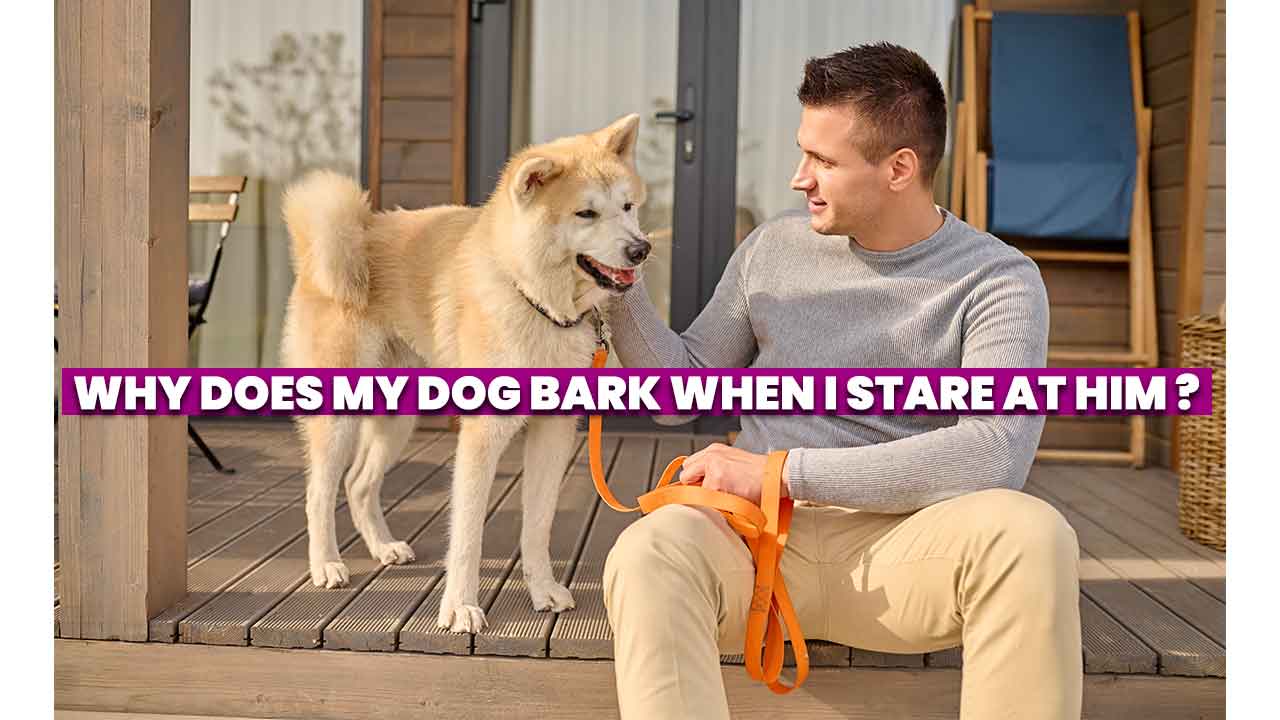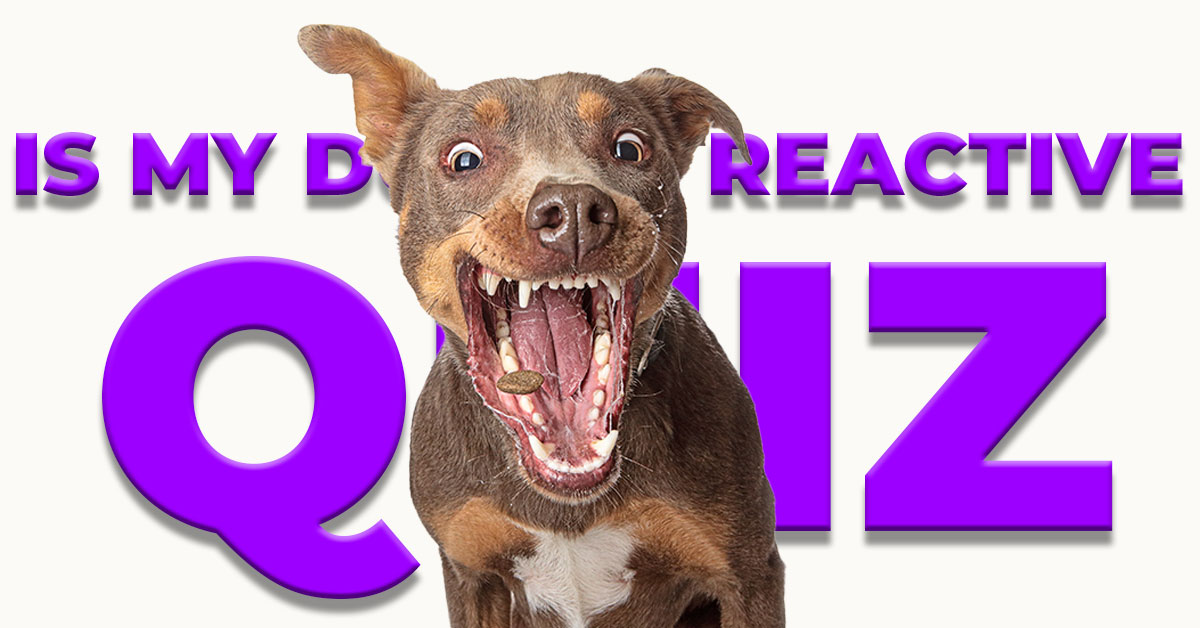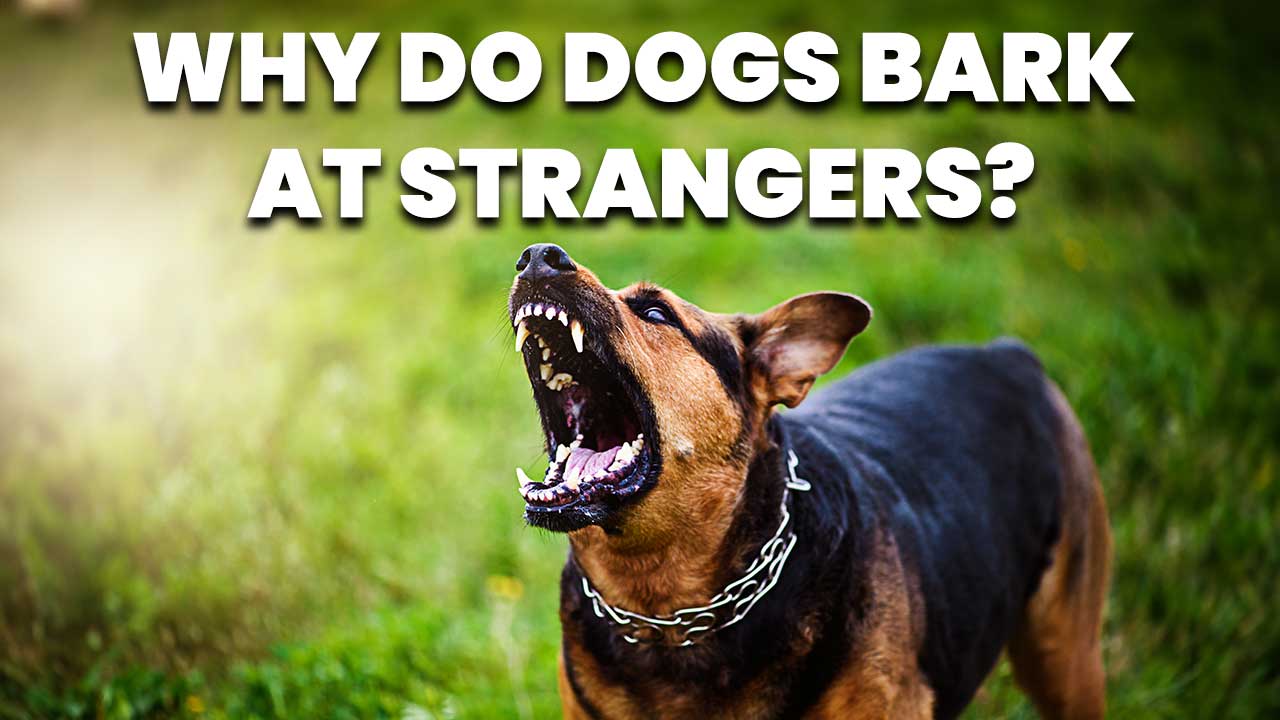Why Does My Dog Bark When I Stare at Him
Table of Contents
Key Takeaways: Understanding Why Does My Dog Bark When I Stare at Him
| Aspect | Key Points |
|---|---|
| Perceived Threat | Dogs may view staring as aggressive and react defensively by barking. |
| Demand for Attention | Barking can be a way to demand attention or something they want, like food. |
| Dominance Assertion | Some dogs bark to assert dominance when being stared at. |
| Fear or Anxiety | Barking can be a response to feelings of fear or anxiety caused by staring. |
| Communication and Excitement | Dogs may bark when excited or as a means of communication. |
| Guarding Resources | Dogs can bark when guarding their food, toys, or space. |
| Irritation or Discomfort | Physical discomfort can lead to barking when stared at. |
| Excitement or Overstimulation | An overstimulated dog might bark more when stared at. |
| Behavioral Modification | Techniques like conditioning and desensitization can help reduce barking. |
| Communication Enhancement | Utilizing non-verbal and verbal cues effectively can aid in reducing barking. |
| Comfortable Environment | Providing a safe space and a structured routine can help minimize stress-related barking. |
| Advanced Training | Professional training programs and interactive toys can be beneficial. |
| Specific Scenarios | Different approaches are needed for various barking scenarios like barking at strangers, for attention, or due to fear. |
Why Does My Dog Bark When I Stare at Him
Have you ever wondered why your furry companion barks when you stare at them? This behavior, common among dogs, can be perplexing for pet owners. Let’s dive into the reasons behind this canine reaction and explore how to foster better communication with your dog.
Why Does My Dog Bark When I Stare at Him
- Perceived Threat: Dogs often interpret staring as a form of aggression. Staring is not a natural part of canine communication and can be seen as threatening, causing a defensive reaction in dogs.
- Demanding Attention: Some dogs bark to demand something, like attention or food. This ‘demand barking’ is characterized by persistent barking with relaxed body language.
- Asserting Dominance: In certain situations, a dog might bark while being stared at to assert dominance. This behavior is more common in male dogs but can occur in any dog feeling the need to establish control.
- Fear or Anxiety: Barking can also be a response to fear or anxiety. When a dog feels threatened by your stare, it may bark as a way of expressing its discomfort or in an attempt to make the ‘threat’ go away.
- Communication and Excitement: Dogs may bark when stared at as a way of communication or due to excitement. This can be a call for play or interaction, or simply an expression of their energetic nature.
Effective Ways to Address This Behavior
Understanding why your dog reacts in a certain way is the first step to effectively address the behavior. Here are some strategies:
- Positive Reinforcement Training: Train your dog using positive reinforcement. Reward calm behavior and gently discourage barking with treats or praise.
- Desensitization: Gradually expose your dog to the stimulus (in this case, staring) in small increments, to help them become less sensitive over time.
- Understanding Body Language: Pay close attention to your dog’s body language. This can give you clues about their emotional state and why they might be barking.
Enhancing Dog-Human Communication
- Learn to interpret dog vocalizations and body language.
- Provide consistent responses to your dog’s barking.
- Avoid staring directly at dogs, especially those you’re not familiar with.
- Remember, every dog is unique, and what works for one may not work for another.
For more detailed insights on dog training methods and understanding canine behavior, check out our article on “How to Train a Gluten Detection Dog and Avoid Gluten Poisoning”.
Incorporating Fun and Training
Incorporate training into playtime to make the learning process enjoyable for both you and your dog. Training methods like the “Smart X-50 Dog Training” can be particularly effective.
More Reasons Behind a Does Dog Bark When Stared At
In addition to the reasons discussed earlier, there are other factors that influence why dogs bark when stared at. Let’s delve deeper into these aspects to gain a fuller understanding of our canine friends.
Additional Factors Influencing Dog Barking
- Guarding Resources: Dogs can be possessive about their food, toys, or space. Staring at them in these situations can trigger a protective response, leading to barking as a signal for you to back off.
- Irritation or Discomfort: Physical discomfort, like an injury or illness, can make a dog more irritable. Staring in such states can be perceived as bothersome, prompting them to bark.
- Excitement or Overstimulation: Dogs can become overstimulated in exciting environments. Staring at an already excited dog might escalate its excitement, leading to barking.
Handling Different Barking Scenarios
It’s essential to understand and appropriately respond to different barking scenarios. Here’s a guide to help you:
| Scenario | Approach |
|---|---|
| Guarding Resources | Respect their space and avoid confrontation |
| Physical Discomfort | Check for any signs of injury or illness |
| Overstimulation | Provide a calm environment to help them relax |
Enhancing Communication: Tips for Dog Owners
- Recognize and Respect Their Space: Understanding and respecting your dog’s personal space can prevent unnecessary barking.
- Pay Attention to Health: Always be vigilant about your dog’s physical well-being.
- Create a Calm Environment: Help your dog find calmness in overstimulating situations.
For more on handling specific training challenges, consider exploring our guide on “How to Train a Dog to Ignore Distractions”.
Understanding Staring and Dog Behavior
Staring can be a complex gesture in the canine world. Here’s what you need to know:
- Prolonged Staring: For dogs, prolonged staring can be intimidating or seen as a challenge.
- Blinking and Soft Gaze: Soften your gaze and blink often to appear less threatening.
- Reading Their Signals: If a dog shows discomfort (like turning away), it’s best to break the stare.
Training Approaches and Techniques
Implementing effective training techniques can significantly reduce instances of unnecessary barking:
- Consistent Training: Apply consistent training methods to help your dog understand and adapt to various situations.
- Professional Guidance: Seeking advice from professional trainers, like those specializing in “Personal Protection Dog Trainer”, can provide tailored solutions for your dog’s specific needs.
Advanced Strategies for Reducing Unwanted Barking in Dogs
While understanding the root causes of why dogs bark when stared at is crucial, employing advanced strategies can further help in managing this behavior. Here, we’ll discuss some sophisticated approaches to minimize unnecessary barking.
Behavioral Modification Techniques
- Conditioning and Desensitization: Gradually expose your dog to the act of being stared at in a controlled environment, rewarding them for calm behavior.
- Diversion Tactics: When you notice your dog starting to bark due to staring, divert their attention with a toy or a command. This can redirect their focus and reduce barking.
Communication Enhancement Between Dogs and Owners
- Non-verbal Communication: Use body language effectively. Gestures like turning your body sideways can be less threatening to dogs.
- Verbal Cues: Employ soft, calming verbal cues to reassure your dog when they feel threatened by staring.
Creating a Comfortable Environment for Your Dog
- Safe Space: Ensure your dog has a safe, comfortable space where they can retreat when feeling overwhelmed or stressed.
- Routine and Structure: Consistent routines help dogs feel secure, reducing anxiety and stress-related barking.
Advanced Training Techniques and Resources
- Professional Training Programs: Explore advanced training programs, like the “IGP Dog Training” for comprehensive behavioral training.
- Interactive Toys and Games: Engage your dog with interactive toys that stimulate their mind and reduce boredom-induced barking.
Dealing with Specific Barking Scenarios
| Scenario | Approach |
|---|---|
| Barking at Strangers | Gradually introduce your dog to new people in a controlled environment. |
| Barking for Attention | Teach your dog to seek attention in quieter ways, like sitting politely. |
| Barking Due to Fear | Identify and address the root cause of the fear. Professional help may be required. |
For detailed guidance on managing dogs that are overly friendly with strangers, consider reading “My Dog is Too Friendly with Strangers”.
Conclusion
While it’s important to understand why dogs bark when stared at, implementing these advanced strategies can help create a more peaceful and understanding environment for both you and your dog. Stay tuned for the final generation of this article, where we will wrap up our comprehensive guide.







